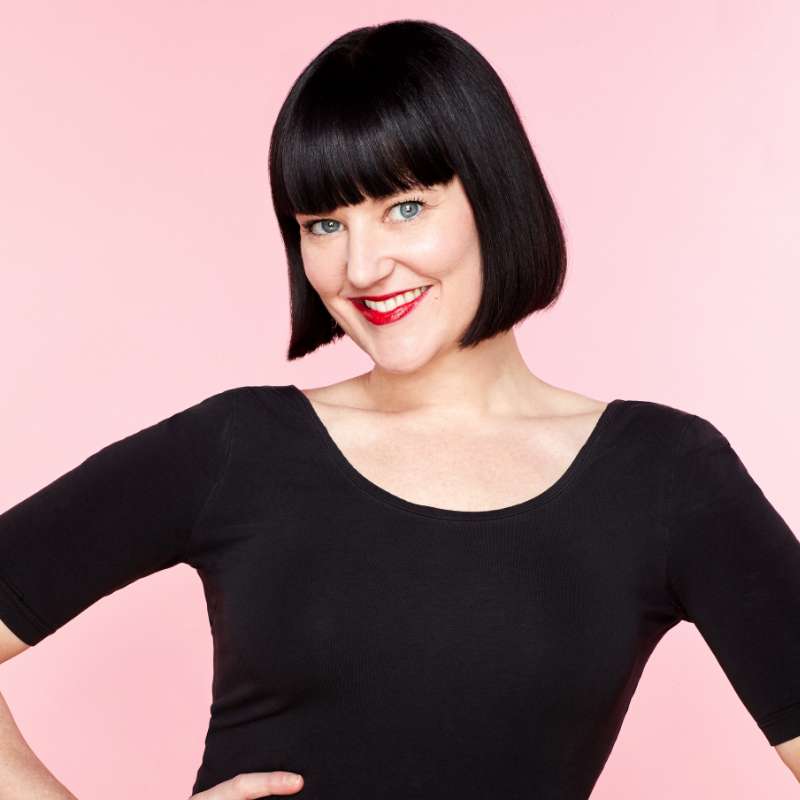If you’re someone who’s dealt with a dull skin tone, annoying peach fuzz, or lingering acne scars, there’s a good chance you’ve heard about dermaplaning.
A form of physical exfoliation, dermaplaning is a common offering in many spas, either as a standalone treatment or in conjunction with other services. The process involves a licensed esthetician using a small stainless steel surgical blade to scrape the top layer of skin from the face. This removes the build-up of dead skin cells to reveal a brighter complexion. It also gets rid of fine facial hair, known as vellus (often referred to as “peach fuzz”).
While dermaplaning may seem intense — it does require using a sharp blade — the procedure is typically painless and gentle. Its benefits include smoother skin and an improved skin texture, as well as an overall “glowing” appearance. In some cases, it can also help to reduce the appearance of acne scars.
“Since we can’t see the build-up that can accumulate on the skin’s surface, once you get dermaplaning done, the difference you notice can be night and day,” says Kami Leitza, a licensed advanced practice esthetician at LifeSpa in Edina, Minn. who has been performing esthetic services for the past 20 years. Dermaplaning is one of her favorite services to both give and receive. “I never realized how much peach fuzz I had until I did this service for the first time.”
Dermaplaning also removes the build-up of dead skin cells that are commonly missed with facial scrubs. Such build-up is what causes a dull appearance and removing it can lead to instantly smoother and healthier skin.
What Happens During a Dermaplaning Service?
Your esthetician will start by cleansing your skin thoroughly, doing a double cleanse if needed to remove any makeup or products on your skin. “It’s important to prep the skin properly so the full results can be achieved,” Leitza says.
Once cleansed, Leitza uses a medical-grade cleansing solution on a cotton pad to wipe over the face. This gets rid of any present bacteria.
“I then hold the stainless-steel blade at a 45-degree angle and in sections, starting on one side of the forehead, I gently move the blade back and forth over the skin. The movements are small and methodical so I can be precise, and I hold the skin taut,” Leitza notes. “Areas that are typically dermaplaned include the forehead, around the eyes, in between the eyebrows, the nose, cheeks, chin, upper lip, and just past the jawline.”
During the service, it’s extremely important to stay quiet and still while your esthetician is working, especially around the mouth and chin area, as the blade is extremely sharp.
The service ends with a final cleanse and the application of a hyaluronic acid serum, moisturizer, and SPF. Along with the instant glowing benefits of this service, there is no downtime or recovery period after dermaplaning. “You could come in on your lunch break and leave feeling refreshed, glowing, and ready to go about the rest of your day,” Leitza says.
Taking Dermaplaning Further
Another benefit of dermaplaning is that, with the removal of those dead skin cells and peach fuzz, it allows skincare products to penetrate the skin faster and deeper. This means you may reap greater benefits of the ingredients in your favorite at-home products.
Because of this, dermaplaning is also often done in conjunction with other facial services. “Dermaplaning is a favorite for my clients to receive before a Hydrafacial,” Leitza says. “This way, the skin is nice and exfoliated before all the deep cleaning is done in the Hydrafacial, and the skin will better soak up all the incredible ingredients of the Hydrafacial boosters. My clients who do this leave with the most radiant, glowing skin.”
It’s important that dermaplaning is never done on skin that has an active acne break out. This could spread bacteria, making acne worse. An esthetician is often able to work around areas with breakouts, but if you have a significant amount of acne, this service is not yet for you. Try starting with a facial to address the acne first.
While you may have heard of DIY dermaplaning at home, Leitza strongly discourages this practice. “A licensed professional understands the extreme importance of skin prep and how to use the blade properly. Dermaplaning blades purchased over the counter can be much duller, which requires more pressure and can quickly lead to error.”
To maintain the benefits of a professional dermaplaning service, Leitza recommends scheduling a dermaplaning session every three to four weeks. If you’re looking for more long-term results regarding hair removal, she suggests facial waxing or laser hair removal as better options.

